I have come to like many of plants that have been in gardens for hundreds of years. I love to find out the stories behind their common names. Some plants I have grown and others I like from afar, most of these plants have shown that they are still worthy of being in a garden somewhere. One plant has I like has velvet-like leaves and tiny chartreuse flowers. I bet you know what I mean and if you can not guess …..Lady’s Mantle(Alchemilla mollis) is its name.

Tiny chartreuse flowers and the sage green velvety leaves of Lady's manltle (Alchemilla mollis) are the feature most loved by gardeners and florist alike.
Lady’s Mantle is a plant that comes to us from northern Greece east into western Russia and into the Caucasus then south all into northern Iran. In its natural habitat it grows in wide range of habitats from stream banks to meadows and wind swept plains and mountainous areas. A close relative Alchemilla xanthocholra was formerly named A. vulgaris and is the European version of Lady’s Mantle. It is said to be less hairy than A. mollis.

The green-blue leaves of Alchemilla mollis are seductive and beautiful especially in the rain. One can really imagine a Lady's Mantle made of soft material which looks like this foliage.
Alchemilla mollis is a plant often seen frothing over the edges of paths or edging paths with its softness in flowers and foliage. It is a beautiful foil to cover unsightly bare stems of all sorts of larger plants and is used this way in many places. The name Lady’s Mantle is said to have come from the edges of the leaves that are similar to a cloak (or mantle) a lady would wear. The orgin of Alchemilla is unknown but is thought to possibly have originated from a Arabic world that has been ‘Latinized’. Mollis means soft or with soft hairs and refers to the leaves.

Alchemilla mollis (Lady's Mantle) is used here to soften edges of this sunken Rose garden at Esquimalt Gorge Park.
Species of Alchemilla and especially the look-a-like Alchemilla xanthocholra have been much used in medicine in the past. The plant contain salicylic acid (ASA), a strong pain reliever that we use today. Lady’s Mantle was used as a herb for women and was gathered in June and July, the roots were used fresh while the leaves were used when dried. It was used for painful periods and was especially associated with excess bleeding as well as during menopause. It was also used as an astringent in mouth washes for sore gums and ulcers.

In this artistic garden the charteuse flower colors of Alchimilla mollis contrasts with the more somber plum and coppery rust tones.
Alchemilla mollis is a versatile plant which can be used in many places from fairly deep shade to full sun. That versatility also applies to the growing conditions as it is not to fussy in soil type as long as it does not become water logged or completely dried out. This plant stays a fairly compact 45 cm.(18 in.) wide and high. It is a very hardy plant and will survive temperature down to below -40 c. or f. (zone 2-9).

Here Alchemilla mollis take over from hardy Geraniums and leads the Hostas and Asilbes in a wave of color and texutres.
Lady’s Mantle can be used in many ways but it will always be more informal as the plant is loose looking and soft. The most often seen use is as edging along paths where it spills over and softens edges. Another use is to hide more gangly larger plants long stems. It works well in large containers and give an all year show of color and texture. It should be found in all floral arrangers gardens as the leaves, flowers and seedheads all are used in bouquets. The chartreuse color of the flowers and sea-green foliage of Alchemilla mollis is beautiful in most gardens and the colors are appealing to the eye, many artists have been inspired to include it in painting and other works. it can be mass planted and used as ground cover and is especially attractive in rocky areas popping out amongst the rocks.
A serving of Alchemilla links please:
Wiki page on Alchemilla species: http://en.wikipedia.org/wiki/Alchemilla_mollis
How to grow it:http://www.uvm.edu/pss/ppp/jan99per.html
A French gardener write about Lady’s Mantle:http://www.frenchgardening.com/inprofile.html?pid=311933322533616







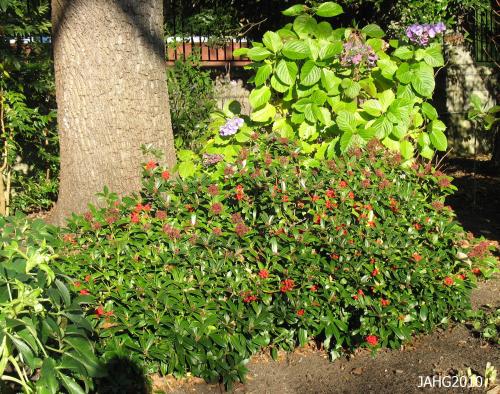
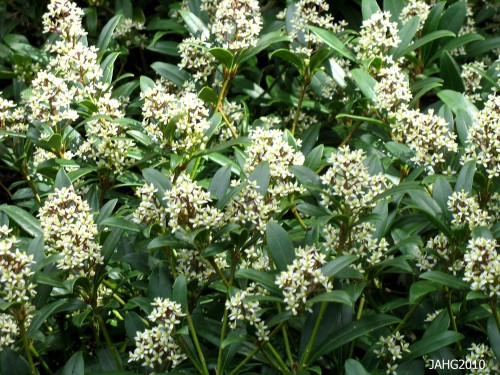

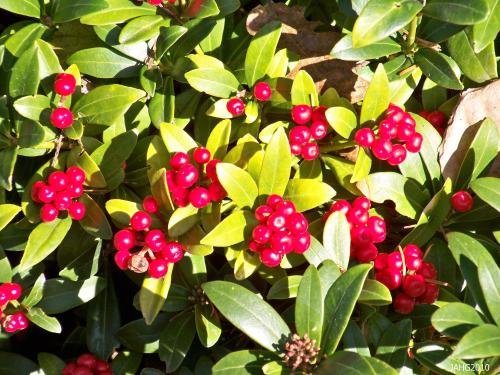
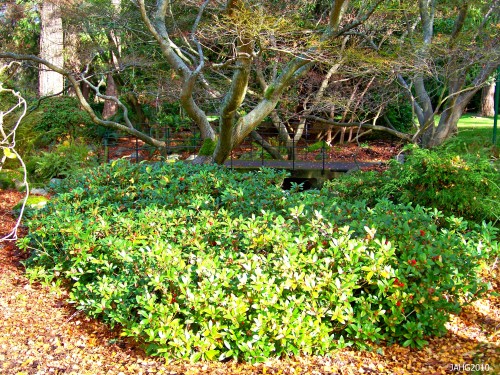
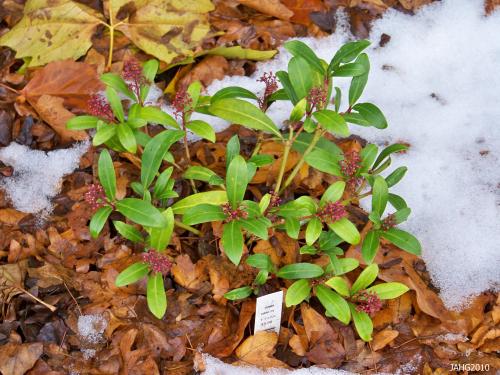
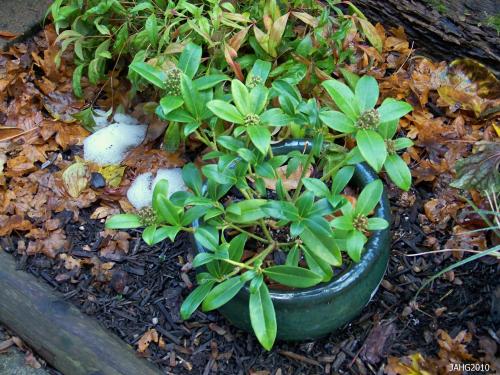





 Stumble It!
Stumble It!






